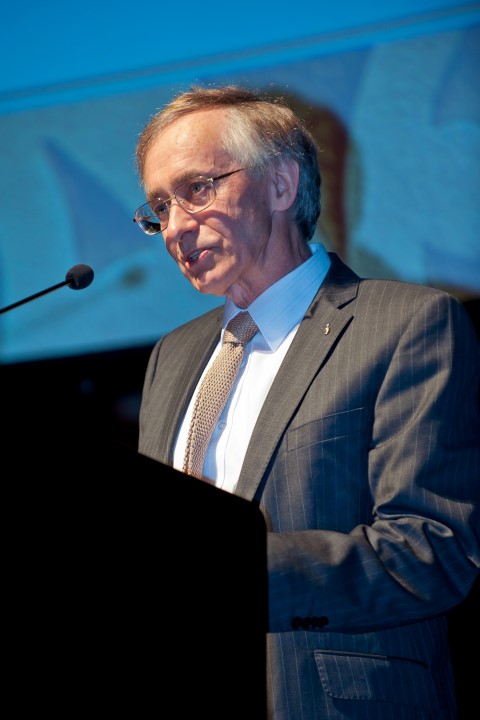News
Published 26 November 20132013 MacDiarmid Medal: Reverse engineering of heart valves, joint and spinal tissues

Professor Neil Broom’s research to better understand human heart valves, joint-tissue and spinal discs, combining engineering and biological concepts, has earned him the 2013 MacDiarmid Medal, awarded for advances for human benefit by the Royal Society of New Zealand.
The primary focus of his research has been on understanding the structure and function of the soft and hard connective tissue of joints and the spine, and, importantly, the influence of disease.
Earlier in his career, Professor Broom’s aortic heart valve research fundamentally altered the bio-prosthetic valve industry worldwide, with most leading manufacturers now employing his techniques to enhance the durability of the heart valve in the body.
Next Professor Broom and his team began developing new structure-based physical models to understand cartilage and osteoarthritis, giving new insights into cartilage-bone failure and clarifying the elusive pre-osteoarthritic state by providing evidence of primary bone formation beneath the still-intact cartilage near the site of joint injury.
Professor Broom's most recent research has focussed on the intervertebral discs (IVD), which are pressurised cushions linking each bone of the spine, providing shock absorption and allowing the spine to bend in several directions. He and his team have developed new structural insights into the micro-anatomy of the disc wall to explain the mechanical basis of injuries which cause debilitating back pain in sufferers worldwide.
Professor Broom is based at the Department of Chemical and Materials Engineering at the University of Auckland. He was made a Fellow of the Royal Society of New Zealand in 2008 and elected to scientific membership of the New Zealand Orthopaedic Associationin 2007, a status normally reserved for clinicians.
Citation:
2013 MacDiarmid Medal
To Neil David Broom
For developing novel experimental approaches that have led to major improvements in bioprosthetic heart valve function, and new insights into joint tissue structure and osteoarthritis, and intervertebral disc prolapse.
